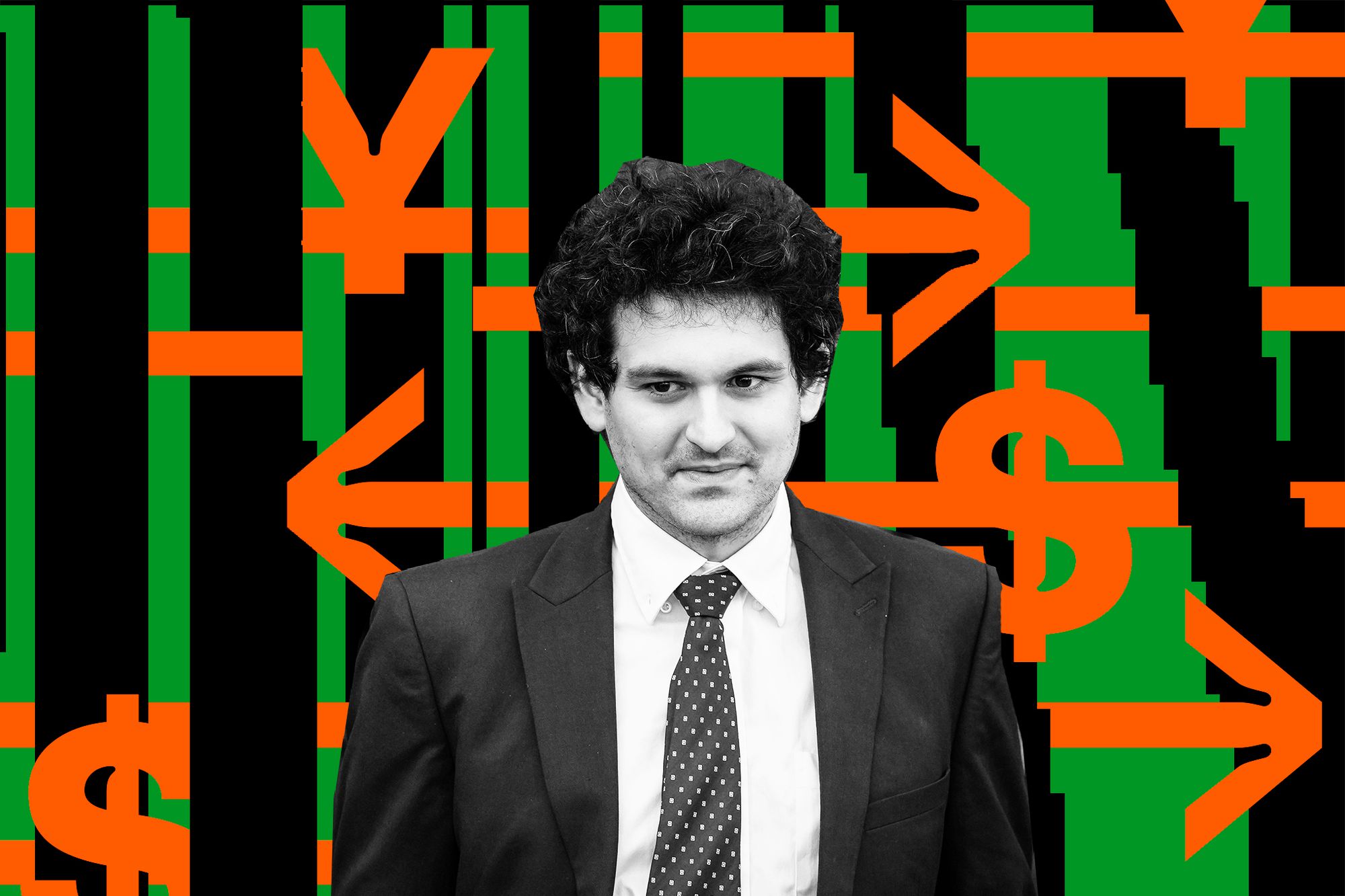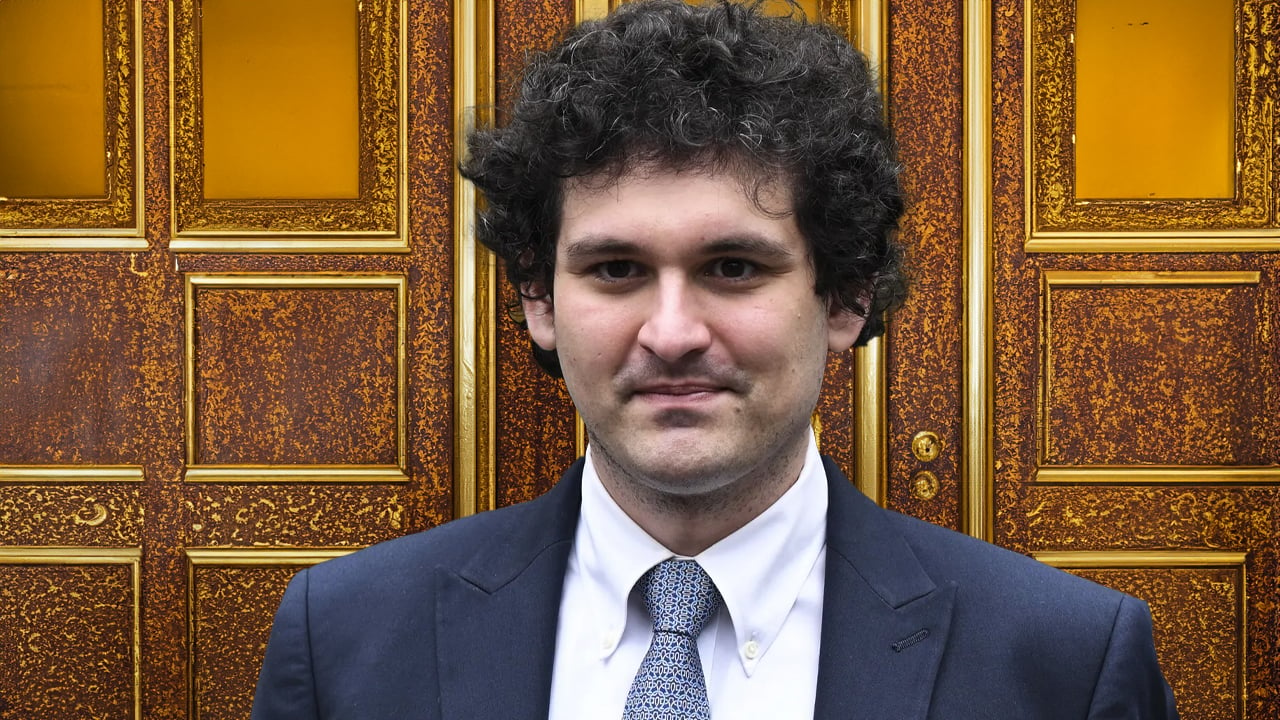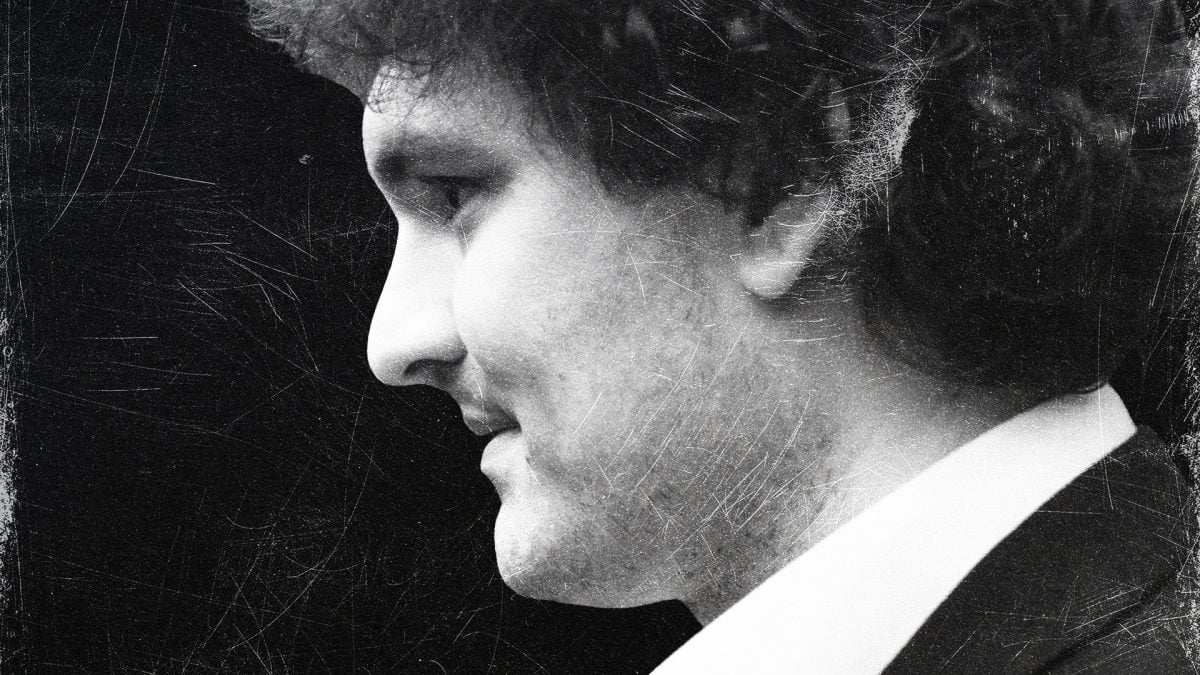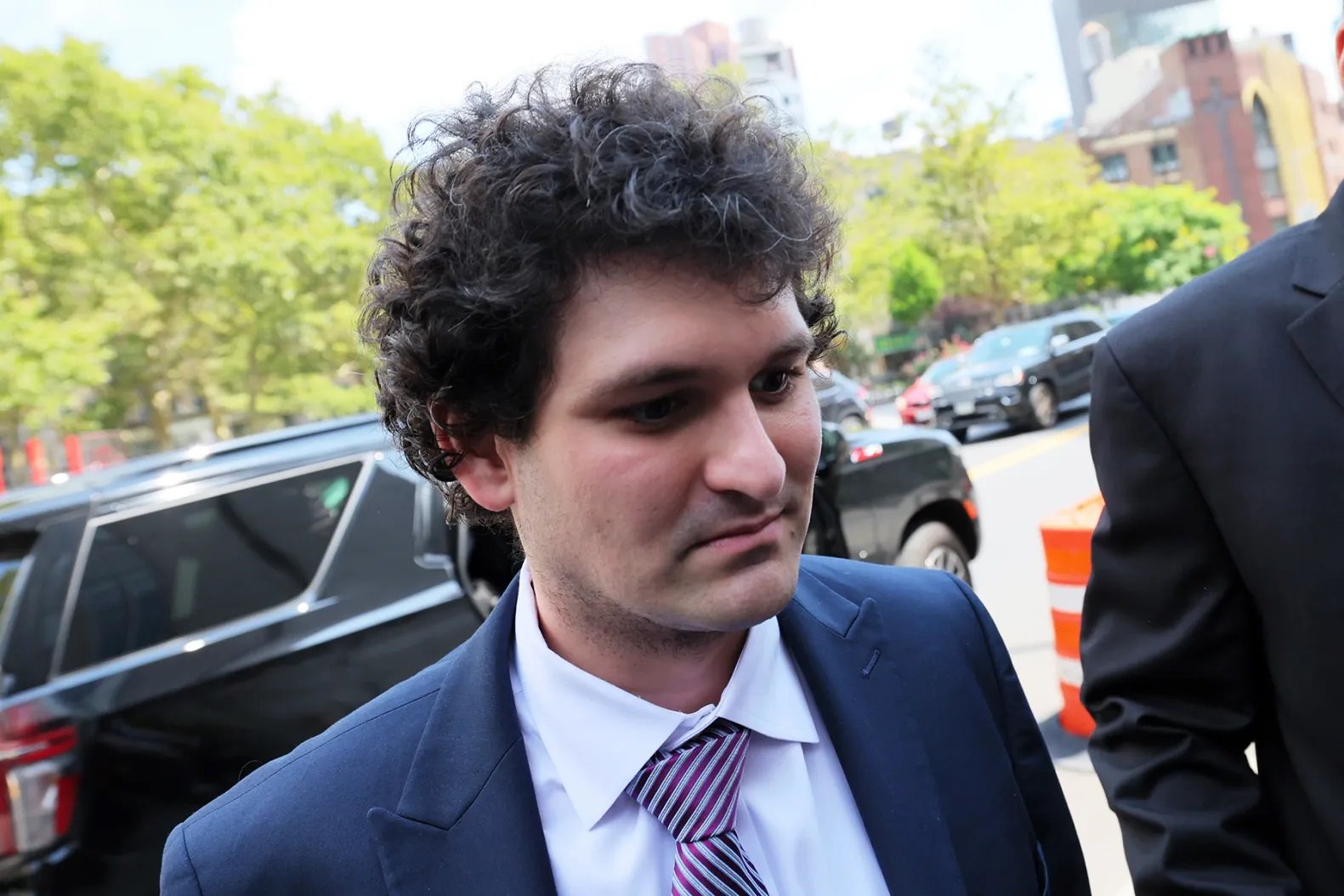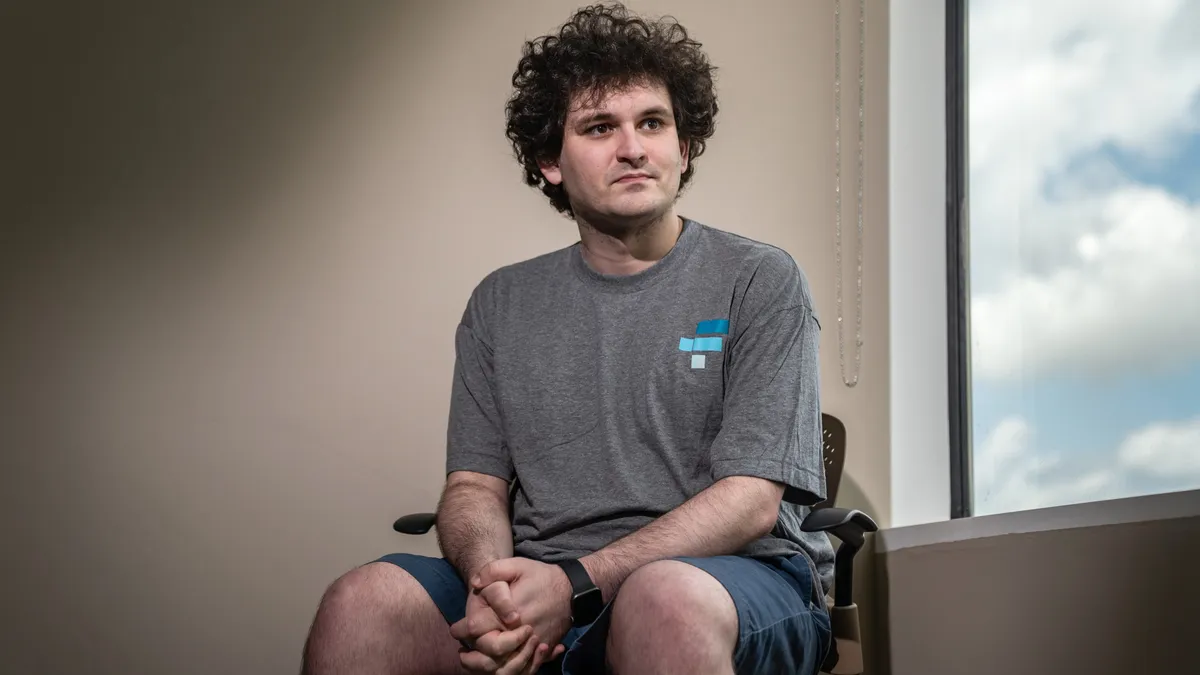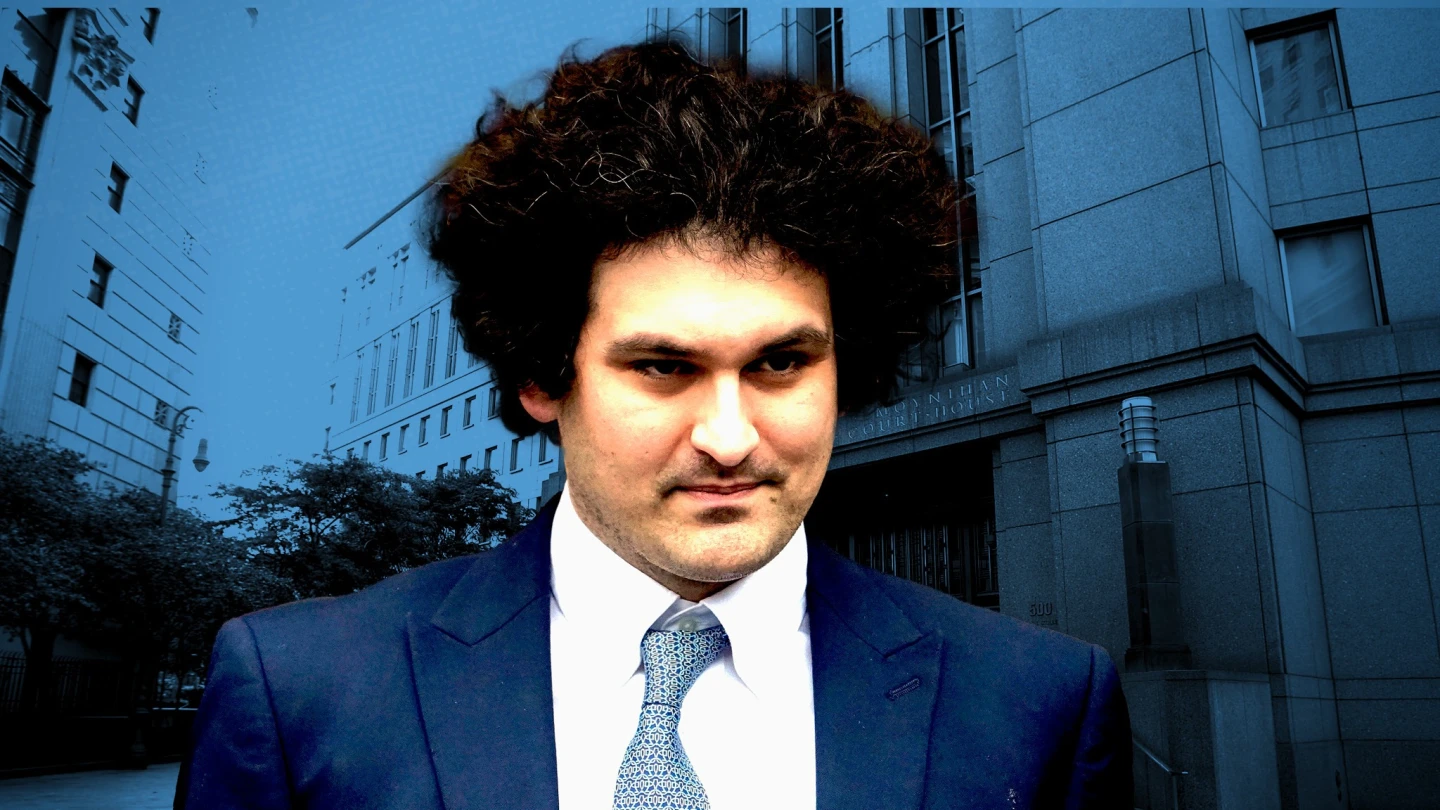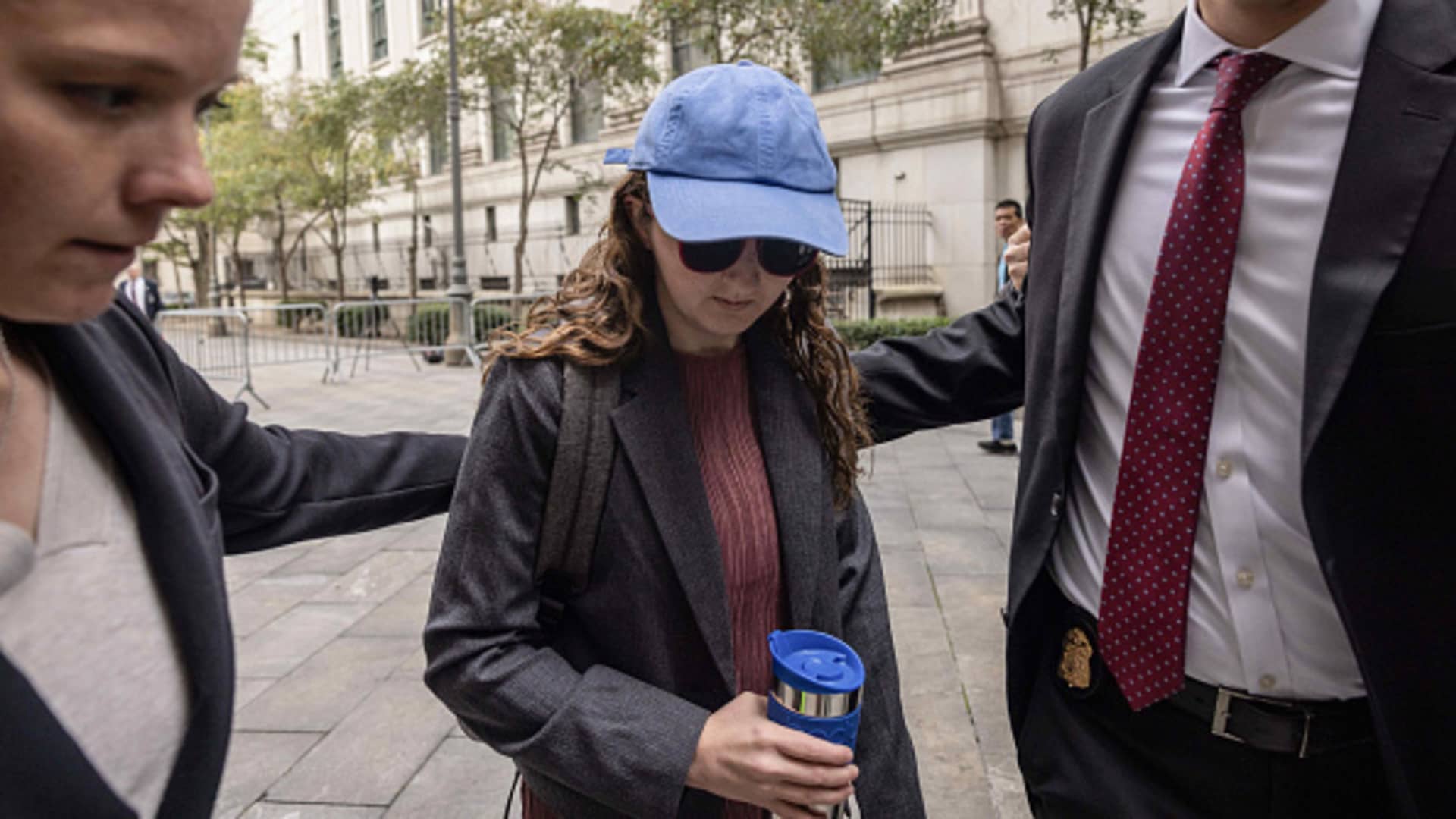The ongoing trial of Sam Bankman-Fried has taken a significant turn with the testimony of Matt Huang, co-founder and managing partner of Paradigm, a prominent crypto investment firm. Huang’s testimony suggests that Bankman-Fried may have defrauded investors, shedding light on suspicious business practices at FTX, Bankman-Fried’s former company. The revelations could be detrimental to Bankman-Fried’s defense and strengthen the prosecution’s case.
Key Takeaway
The testimony of Matt Huang, co-founder of Paradigm, in the trial against Sam Bankman-Fried reveals damaging information about deceptive business practices at FTX. Paradigm’s investment of $278 million into FTX has been marked to zero, affirming the financial losses suffered. Huang’s testimony strengthens the prosecution’s case by establishing misrepresentation and investor reliance on false statements. It also raises questions about Bankman-Fried’s integrity and governance practices. As the trial progresses, the extent of the investor fraud at FTX will become clearer.
Paradigm’s Allegations and Lawsuit
Huang’s testimony not only raises questions about Bankman-Fried’s conduct but also hints at Paradigm’s own motives for testifying against him. Paradigm is embroiled in a class-action lawsuit that alleges the firm, along with Sequoia Capital and Thoma Bravo, promoted FTX to the detriment of its users. Huang’s testimony portrays Paradigm as a victim of deception, adding weight to the firm’s legal battles.
Damage Done: Marked to Zero
During his testimony, Huang revealed that Paradigm had invested a staggering $278 million into FTX during two funding rounds between 2021 and 2022. However, when asked about the current value of this investment, Huang delivered a damning response: “We have marked it to zero.” This revelation establishes the financial losses suffered by Paradigm due to FTX, a key element in the prosecution’s case, intended to prove fraud.
Establishing Misrepresentation and Intent to Defraud
In order to secure a conviction, the prosecution must establish several elements, including misrepresentation, reliance by investors on false statements, and Bankman-Fried’s intent to defraud. Huang’s testimony supports the establishment of three out of four of these elements. He testified that FTX concealed crucial information, such as their use of customer funds for their own purposes, which would have swayed investors’ decisions. Huang expressed that Paradigm would not have invested if they knew about these practices, emphasizing the potential harm to FTX’s credibility.
Breach of Trust: Customer Deposits
One of the key revelations made by Huang was FTX’s misuse of customer deposits. Huang testified that he was unaware of FTX’s practice of using customer funds and that Alameda Research, Bankman-Fried’s hedge fund, had access to these deposits. This breach of trust further strengthens the prosecution’s case and demonstrates the potential financial risks faced by FTX.
False Statements and Unsound Governance
Huang also highlighted concerns about false statements made by Bankman-Fried. Rehn, the prosecutor, presented an email where Bankman-Fried provided financial statistics for FTX but allegedly manipulated the numbers to inflate reported net profits. Moreover, Huang expressed concerns about FTX’s lack of a board and proper governance, potentially leading to unintended loss of value. Although these concerns did not deter Paradigm from investing initially, Huang testified that Bankman-Fried resisted having investors on the board.







